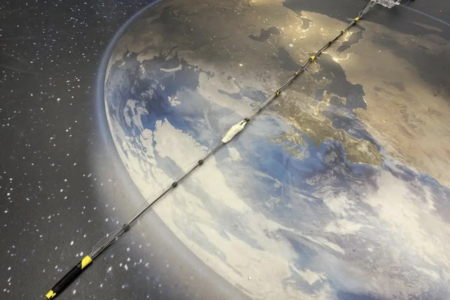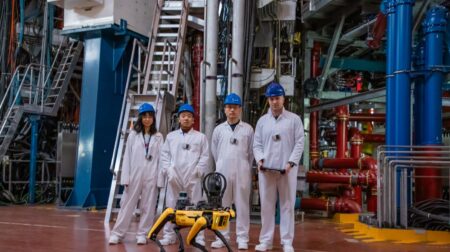A robotic quadruped has performed a radiation test at The European Organisation for Nuclear Research, known as CERN, after patrolling one section of the Large Hadron Collider (LHC).
The LHC is a 27-kilometre circular structure fitted with the equipment needed to create and collide particles together at almost the speed of light.
However, this work produces ionising radiation that poses a risk to staff at the LHC, which CERN has said it closely monitors.
The CERN’s current fleet of robots have had difficulty navigating obstacles in previous patrols, with the robot dog being brought in to test its ability to walk down narrow corridors, climb stairs and monitor the environment with sensors and cameras.
Unitree’s Go1 model performed the test, as Chris McGreavy, a robotics engineer in CERN’s Controls, Electronics and Mechatronics (CEM) group, explained.
He added: “There are large bundles of loose wires and pipes on the ground that slip and move, making them unpassable for wheeled robots and difficult even for humans.”
“We carried out a proof-of-concept survey with the Radiation Protection group in this area. There were no issues at all: the robot was completely stable throughout the inspection.”
The organisation is currently building software to help make the quadruped adaptable for a range of scenarios to enable automation of some of its other processes.








